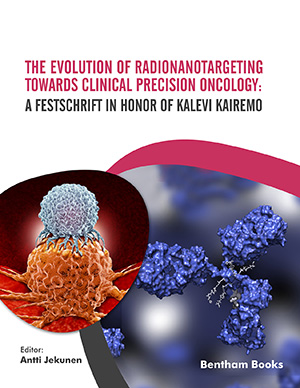Abstract
The increase in life expectancy due to the increase in cancer treatment
success has made the follow-up of the acute, short and long-term cardiac side effects of
chemotherapeutic drugs more important today. Although chemotherapy-induced
cardiac dysfunction is one of the major problems, there is still a need for an accurate
and readily available non-invasive monitoring technique. In the present article, we tried
to evaluate past and present nuclear molecular imaging techniques from the perspective
of chemotherapy-induced cardiotoxicity monitoring.
Today neither nuclear imaging methods nor other techniques are sufficiently
accurate/readily available to use in clinical routine to show cardiotoxic effects of
chemotherapeutics at an early stage. However, nuclear molecular imaging can detect
biological processes at the molecular level that precede the structural changes and
pathological consequences of chemotherapy-induced cardiotoxicity.
Until today, many molecules to use with a conventional gamma camera or positron
emission tomography have been tried for this clinic pathology. Many of them have
been shown to have prognostic value in the early stages of the disease, but relatively in
small patient groups. However, sometimes due to difficulty in procuring, the lack of
comparative studies seems to prevent their value from coming to light. There is a need
for additional studies to clarify the role of nuclear imaging of cardiac damage in
chemotherapy-induced carditoxicity.
Keywords: Cardiac Dysfunction, Chemotherapy-Induced Cardiotoxicity, Molecular Imaging.






















